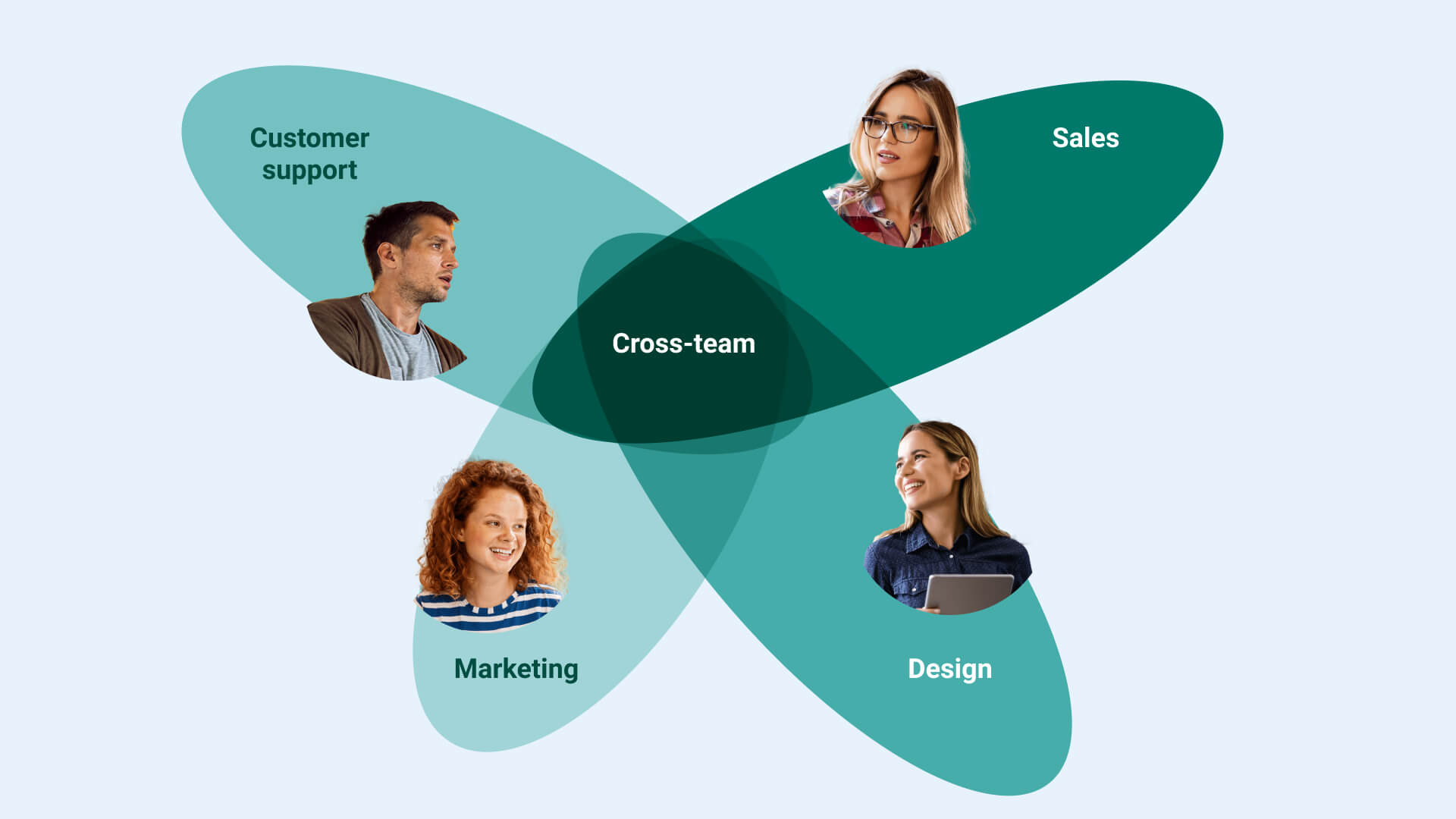Quality assurance (QA) testing is a vital part of software development that ensures the quality, functionality, reliability, and usability of the software products.
QA testing involves verifying and validating the software requirements, identifying and fixing defects, and ensuring that the software meets the expectations of the end-users and stakeholders.
QA testing can be performed at different stages of the software development life cycle (SDLC), such as planning, design, development, testing, deployment, and maintenance.
What is QA testing?
QA testing is the process of checking the software products for errors, bugs, and defects before they are released to the market or delivered to the customers.
QA testing aims to ensure that the software products meet the specified requirements, standards, and specifications, and that they function as intended.
QA testing also helps to improve the quality of the software products by preventing, detecting, and correcting defects, and by providing feedback and suggestions for improvement.
The QA process
The QA process consists of several steps and activities that are performed throughout the SDLC. The QA process can be divided into four main phases: planning, analysis, design, and execution.
Planning: The QA team outlines the QA testing’s scope, objectives, strategy, and approach. They identify the resources, tools, methods, and techniques for testing and establish the quality criteria, metrics, and standards to evaluate the software products’ quality.
Analysis: The QA team reviews the software requirements, specifications, and design documents to understand the software products’ features and functionalities.
They identify any risks, assumptions, dependencies, and constraints that may impact the QA testing. They also ensure the software requirements, specifications, and design documents are clear, complete, consistent, and testable.
Design: The QA team designs the test cases, scenarios, data, and scripts for testing the software products. They define the test environment, tools, procedures, and schedule for the QA testing. They also prepare the test plan, strategy, and cases documents detailing the QA testing’s scope and details.
Execution: The QA team executes the test cases, scenarios, data, and scripts on the software products using the defined test environment, tools, procedures, and schedule. They record, monitor, and report the test results, metrics, and status.
They identify, log, and track any defects, issues, and errors found during the QA testing. They verify and validate the defect fixes and retest the software products until they meet the established quality criteria, metrics, and standards.

How to get started with QA testing
To get started with QA testing, you need to have a basic understanding of the software development process, the software testing concepts, and the QA testing methods and techniques.
You also need to have some skills and knowledge in the following areas:
Software Testing Tools: Familiarity with various software testing tools, such as test automation tools, test management tools, defect tracking tools, performance testing tools, security testing tools, etc., is necessary.
These tools are used to create, execute, manage test cases, scenarios, data, scripts, and to report and track test results, metrics, and status.
Software Testing Methodologies: Awareness of different software testing methodologies like waterfall, agile, devops, etc., is required.
These methodologies are applied to plan, design, execute, and monitor QA testing activities and processes, and to adapt to the changing requirements, specifications, and expectations of the software products.
Software Testing Types: Familiarity with different types of software testing performed for QA testing, such as functional testing, non-functional testing, integration testing, system testing, regression testing, acceptance testing, etc., is necessary.
These types of testing are performed to verify and validate different aspects, attributes, and characteristics of the software products, such as functionality, performance, usability, reliability, security, compatibility, etc.
Software Testing Techniques: Proficiency in different techniques used for QA testing, such as black-box testing, white-box testing, gray-box testing, etc., is required.
These techniques are used to design and execute test cases, scenarios, data, and scripts, and to identify and cover test scenarios, conditions, and test inputs and outputs.
9 Best practices for QA testing implementation
To implement QA testing effectively and efficiently, it is essential to adhere to best practices that enhance the quality, productivity, and performance of both the QA testing process and the software products.
Here are some of the best practices for QA testing implementation.
1. Combine test automation and manual testing
Test automation uses software tools to perform tests automatically, saving time and resources, and increasing the speed, accuracy, and consistency of QA testing.
However, it can’t replace manual testing entirely as some tests require human judgment, intuition, and creativity. Manual testing involves human testers performing tests manually, following procedures and instructions.
Manual testing allows testing from the user’s perspective and helps identify unexpected and complex scenarios, issues, and errors. Therefore, a combination of test automation and manual testing is needed for optimal QA testing coverage.
2. Include Agile Methodologies
Agile methodologies are a set of principles and practices that aim to deliver software products in an iterative, incremental, and collaborative manner, by involving the customers, stakeholders, developers, and testers throughout the SDLC.
Agile methodologies can help you to improve the quality, flexibility, and responsiveness of the QA testing, by allowing you to:
-
Align the QA testing with the customer’s needs, expectations, and feedback, and to deliver the software products that meet the customer’s satisfaction and value.
-
Adapt to the changing requirements, specifications, and expectations of the software products, and to deliver the software products that meet the current and future market demands and trends.
-
Collaborate with the developers, customers, and stakeholders, and to communicate and coordinate the QA testing activities and processes effectively and efficiently.
-
Iterate and increment the QA testing process, and to deliver the software products in small and frequent releases, and to test and validate the software products continuously and consistently.
3. Write good test cases
Test cases, consisting of steps, inputs, outputs, and expected results, are used to test specific features or requirements of software products. They form the foundation of the QA testing process, determining its scope, coverage, and effectiveness. Thus, well-written test cases are crucial for thorough and accurate testing of software products.
To write good test cases, you need to:
-
Follow the software requirements, specifications, and design documents, and to ensure that the test cases are aligned with the software products’ features, functionalities, and expectations.
-
Use clear, concise, and consistent language, and to avoid ambiguity, confusion, and inconsistency in the test cases.
-
Use proper naming conventions, formats, and standards, and to organize and structure the test cases in a logical and hierarchical manner.
-
Use positive, negative, and boundary test cases, and to cover the valid, invalid, and extreme scenarios, inputs, outputs, and results of the software products.
-
Use traceability matrix, and to map and link the test cases with the software requirements, specifications, and design documents, and to ensure the completeness, correctness, and consistency of the test cases.
4. Integrate Continuous integration and Continuous delivery
Continuous Integration (CI) involves frequently merging code changes from multiple developers into a shared repository and validating them using automated tests. Continuous Delivery (CD) is the automated, reliable delivery of software products to customers or production environments.
CI and CD can help you to improve the quality, efficiency, and reliability of the QA testing, by allowing you to:
-
Detecting and fixing the defects, issues, and errors in the code changes early and easily, and to prevent the accumulation and propagation of the defects, issues, and errors in the software products.
-
Ensure the consistency and compatibility of the code changes and the software products, and to prevent the conflicts and discrepancies among the code changes and the software products.
-
Reduce the time, effort, and resources required for the QA testing, and to increase the speed, frequency, and accuracy of the QA testing.
-
Deliver the software products to the customers or the production environment in a timely and secure manner, and to ensure the availability, functionality, and usability of the software products.
5. Prioritize communication as a fundamental principle
Communication is the exchange of information, ideas, and feedback among the QA team, the developers, the customers, and the stakeholders, regarding the QA testing activities and processes, and the software products.
Communication is a fundamental principle of the QA testing, as it can help you to:
-
Understand the requirements, specifications, and expectations of the software products, and to ensure that the QA testing is aligned with the software products’ features, functionalities, and value.
-
Coordinate and collaborate with the QA team, the developers, the customers, and the stakeholders, and to ensure that the QA testing activities and processes are performed effectively and efficiently.
-
Provide and receive feedback and suggestions for improvement, and to ensure that the QA testing and the software products are continuously and consistently improved and enhanced.
Therefore, prioritizing communication is essential in QA testing. Various channels like meetings, emails, chats, reports, and documents should be used to share testing information, ideas, and feedback clearly and promptly.
6. Elevate the focus on security in testing
Security in software products involves protection against unauthorized access, use, modification, disclosure, or destruction. It’s a key aspect of QA testing as it impacts the software’s quality, functionality, reliability, and usability, as well as customer and stakeholder trust.
Therefore, security testing methods like vulnerability scanning, penetration testing, and ethical hacking are needed to verify software security aspects like confidentiality, integrity, and availability.
7. Select the appropriate testing and management tools
Testing and management tools are the software applications and systems that are used to support, facilitate, and automate the QA testing activities and processes, such as test automation, test management, defect tracking, performance testing, security testing, etc.
Testing and management tools can help you to improve the quality, efficiency, and performance of the QA testing, by allowing you to:
-
Create, execute, and manage the test cases, test scenarios, test data, and test scripts easily and quickly, and to increase the speed, accuracy, and consistency of the QA testing.
-
Report and track the test results, test metrics, and test status effectively and efficiently, and to provide the visibility, transparency, and accountability of the QA testing.
-
Identify, log, and track the defects, issues, and errors accurately and timely, and to provide the traceability, analysis, and resolution of the defects, issues, and errors.
-
Test and verify the different aspects, attributes, and characteristics of the software products, such as functionality, performance, usability, reliability, security, compatibility, etc.
Therefore, selecting suitable testing and management tools is crucial. These should align with your QA testing needs and objectives, and be compatible with your software products, development process, and testing methodology.
8. Use Crowdtesting
Crowdtesting is the practice of outsourcing the QA testing to a large and diverse group of testers, who are located in different locations, and who use different devices, platforms, browsers, and networks, to test the software products. Crowdtesting can help you to improve the quality, coverage, and diversity of the QA testing, by allowing you to:
-
Test the software products from the user’s perspective, and to ensure that the software products meet the user’s needs, expectations, and feedback.
-
Test the software products in real-world scenarios, conditions, and environments, and to ensure that the software products function as intended in different situations and contexts.
-
Test the software products on different devices, platforms, browsers, and networks, and to ensure that the software products are compatible and adaptable to different configurations and settings.
-
Test the software products with different types of users, and to ensure that the software products are accessible and inclusive to different demographics and segments.
9. Incorporate software QA testing best practices
Software QA testing best practices are the proven and effective methods and techniques that can help you to achieve the optimal quality, productivity, and performance of the QA testing and the software products. Software QA testing best practices can help you to:
-
Plan, design, execute, and monitor the QA testing activities and processes in a systematic, structured, and standardized manner, and to ensure the consistency, completeness, and correctness of the QA testing.
-
Test and verify the software products thoroughly and accurately, and to ensure that the software products meet the specified requirements, standards, and specifications, and that they function as intended.
-
Prevent, detect, and correct the defects, issues, and errors in the software products, and to ensure that the software products are free from errors, bugs, and defects.
-
Improve and enhance the quality, functionality, reliability, and usability of the software products, and to ensure that the software products meet the customer’s satisfaction and value.
Therefore, you need to incorporate software QA testing best practices into your QA testing process, and to follow the best practices consistently and diligently.

FAQ about Quality Assurance (QA) Testing
What is QA testing?
QA testing is the process of checking the software products for errors, bugs, and defects before they are released to the market or delivered to the customers. QA testing aims to ensure that the software products meet the specified requirements, standards, and specifications, and that they function as intended.
Why is QA testing important in software development?
QA testing is important in software development because it can help to:
-
Improve the quality, functionality, reliability, and usability of the software products, and to ensure that the software products meet the customer’s satisfaction and value.
-
Prevent, detect, and correct the defects, issues, and errors in the software products, and to ensure that the software products are free from errors, bugs, and defects.
-
Reduce the cost, time, and risk of software development, and to increase the efficiency, effectiveness, and performance of software development.
-
Provide feedback and suggestions for improvement, and to ensure that the software products are continuously and consistently improved and enhanced.
How can QA testing be integrated into the development process?
QA testing can be integrated into the development process by using various software testing methodologies, such as waterfall, agile, devops, etc.
These methodologies can help to:
-
Align the QA testing with the software development process, and to ensure that the QA testing is performed at the appropriate stages and phases of the software development life cycle (SDLC).
-
Collaborate and communicate with the developers, customers, and stakeholders, and to ensure that the QA testing activities and processes are coordinated and synchronized with the software development activities and processes.
-
Adapt and respond to the changing requirements, specifications, and expectations of the software products, and to ensure that the QA testing and the software products are flexible and responsive to the market demands and trends.
What role does QA testing play in Agile and DevOps environments?
QA testing plays a vital role in Agile and DevOps environments, as it can help to:
-
Deliver the software products in an iterative, incremental, and collaborative manner, by involving the customers, stakeholders, developers, and testers throughout the SDLC, and by delivering the software products in small and frequent releases.
-
Test and validate the software products continuously and consistently, by using automated tests and tools, and by integrating the QA testing with the software development and delivery processes.
-
Improve and enhance the software products continuously and consistently, by providing and receiving feedback and suggestions for improvement, and by implementing the improvement actions and measures.
Conclusion
QA testing is a vital part of software development that ensures the quality, functionality, reliability, and usability of the software products.
QA testing involves verifying and validating the software requirements, specifications, and design documents, identifying and fixing defects, issues, and errors, and ensuring that the software products meet the expectations of the end-users and stakeholders.
QA testing can be performed at different stages of the software development life cycle (SDLC), such as planning, design, development, testing, deployment, and maintenance.
To implement QA testing effectively and efficiently, you need to follow some best practices that can help you to improve the quality, productivity, and performance of the QA testing process and the software products
We hope you found this article helpful and informative. If you have any questions, feedback, or suggestions, please feel free to contact us.








